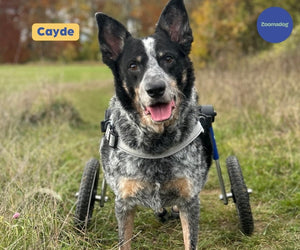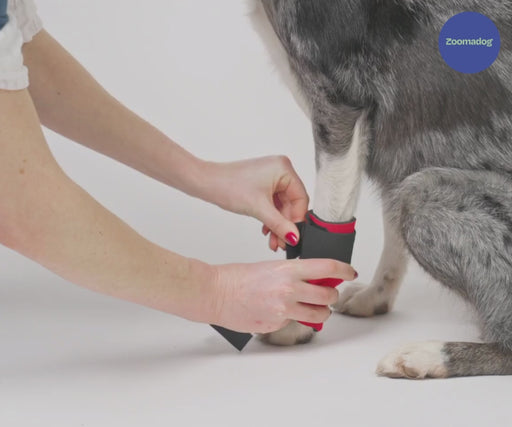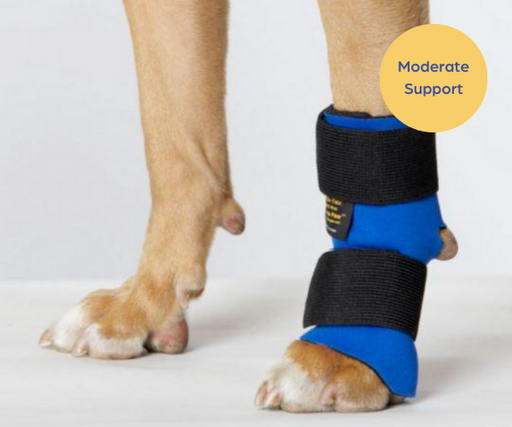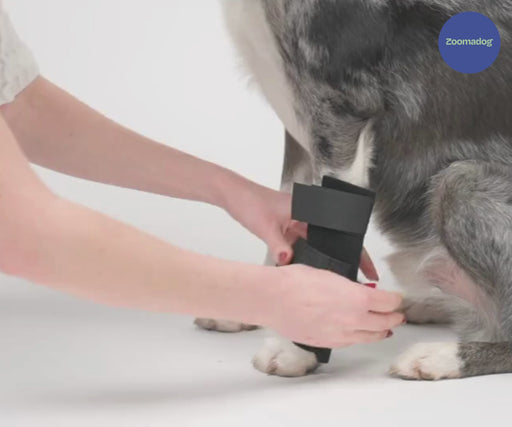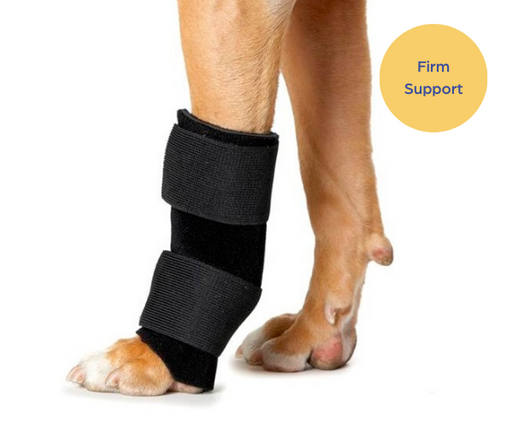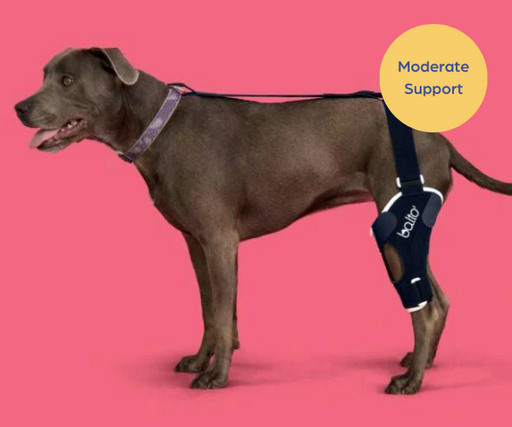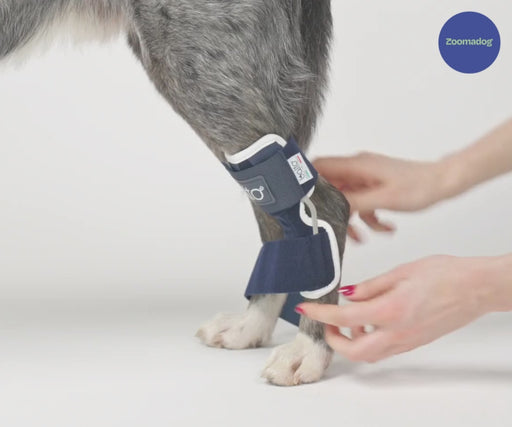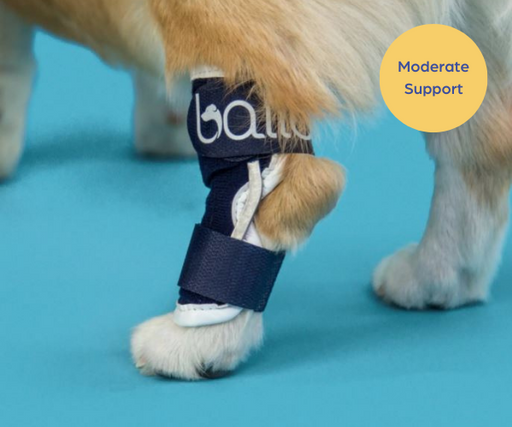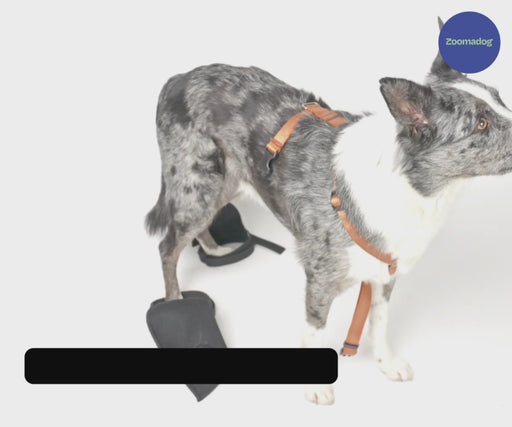The most common causes of dog limping in the front leg are issues in the carpal pad area (the wrist) or paws. There could be ligament or joint capsule sprains, or muscular strains.
Sudden limps usually show up because of an injury or trauma. If this is the case, there may be a broken bone in the paw or limb.
Infections in the paw or leg, such as abscesses or cellulitis, can also lead to front leg limping. These may result from wounds, foreign objects or even insect bites. A foreign object - like a thorn, splinter or shard of glass or metal - may be stuck in the front paw.
Why is my dog limping on his back leg suddenly?
Your dog has a sore leg as he might have taken a misstep, or fallen in play, and this has caused a strain, ligament tear, or fracture.
A dog limping on his back leg can indicate hip dysplasia, an Achilles tendon issue, or a cruciate knee ligament problem.
It might even be a surprising reason - like Lyme’s Disease from a tick bite.
Gradual onset limping
“My dog’s been limping on and off for months. What should I do?” If you’ve been asking yourself this question, it’s time to take your dog to the vet.
There are many reasons why a dog has been limping over the long term. If your dog’s been limping intermittently for months, chronic conditions like hip dysplasia, degenerative joint disease, or chronic ligament issues may be at play.



